Orthopedics
& Rehabilitation
With the same innovative spirit, they have continued to launch new technical and systemic orthopedic products and solutions that have marked the different Group companies – now converging in eXinvest.

Today, eXinvest capitalizes over 40 years of know-how and2 generations of work in technical orthopedics and physical therapy, including our own product ranges and technical solutions and the shareholdings, distributions or partnerships in Group Companies or in other closely-related enterprises.
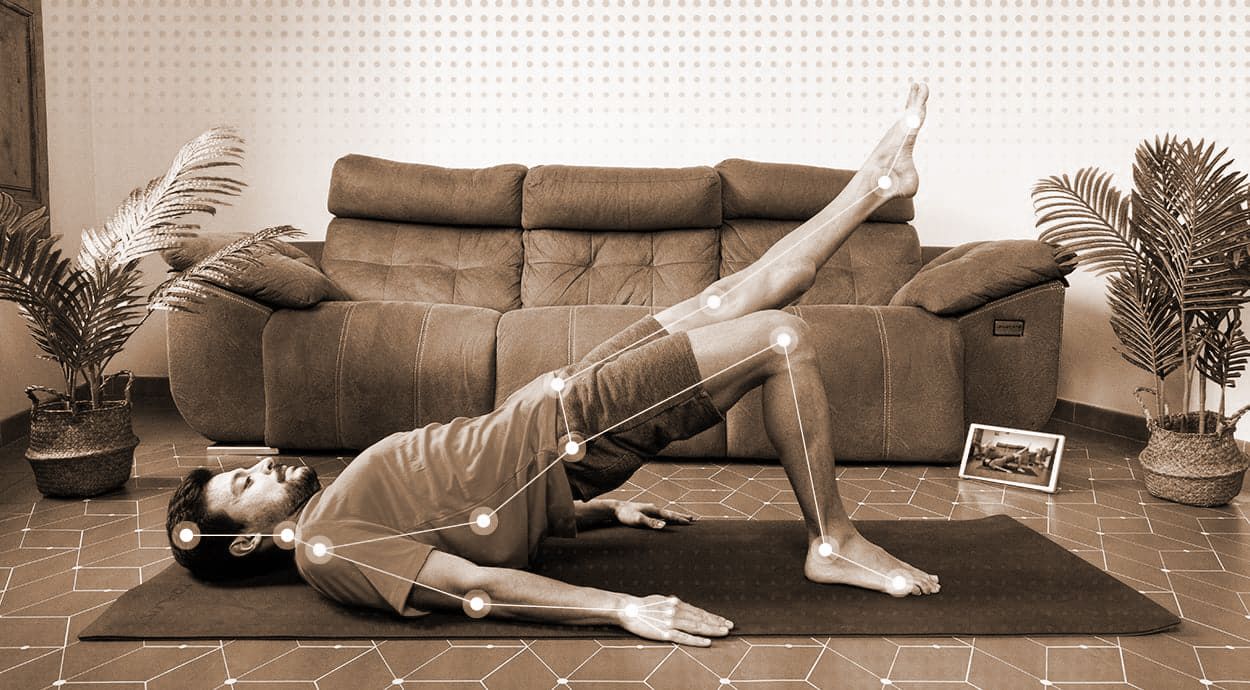
Digital Rehabilitation
We design portable solutions that revolutionize the physical therapy process for patients with musculoskeletal issues.
- Customized treatments: personalized patient treatment based on their needs
- More accurate and backed clinical results: more targeted therapeutic treatment through objective and reliable clinical analyses
- Healthcare cost reduction: therapy optimization and improvement of the patient’s life quality
ReHub Platform
The ReHub Platform is the first digital recovery therapy solution in the world, offering an effective and personalized physical therapy for MSD patients (musculoskeletal disorders). Our exclusive wearable sensor provides objective measuring of the patient’s muscular energy and joint movement in real time. This innovative tool maximizes the operating aspects and the therapeutic effectiveness, promoting a constant communication between doctor, physical therapist and patient. Our all-in-one platform will revolutionize the entire physical therapy process, from the first doctor’s visit until the end of the program and total patient’s recovery.
How it works
-
THE DOCTOR
The physical therapy doctor performs a functional assessment of the affected joint, through, biomechanical sensors and a user-friendly sensor that provides an objective and dynamic 3D evaluation of the patient’s functional conditions. The diagnosis performed by the doctor is automatically shared with the physical therapist.
-
THE PHYSICAL THERAPISTThe physical therapist automatically creates a customized home workout program specifically adapted to the conditions of every patient. A quick-glance dashboard allows the physical therapist to follow the patient’s progress, check the workouts and adapt them remotely.
-
THE PATIENTThe patient can do their workout safely, when and where they want, by accessing the ReHub web platform and using their workout kits. A continuous visual biofeedback in real time increases the patient’s empowerment and their adherence to the physical therapy process.
Benefits
-
FOR PATIENTS
- Empowerment and adherence to the physical therapy treatment
- Cost savings: access at any time and anywhere
- Reduced recovery times
- The patient is always connected to the healthcare operators
-
FOR THE MEDICAL TEAM
- Custom physical therapy
- Easy patient’s progress monitoring
- Workout monitoring in real time
- Constant communication between doctor, physical therapist and patient
-
FOR THE MEDICAL CENTRE
- Increased productivity
- Cost reduction with effective treatments and optimized processes
- Constant monitoring of the entire physical therapy process
- Clear and effective communication networks for all personnel involved
The Patient workout KIT

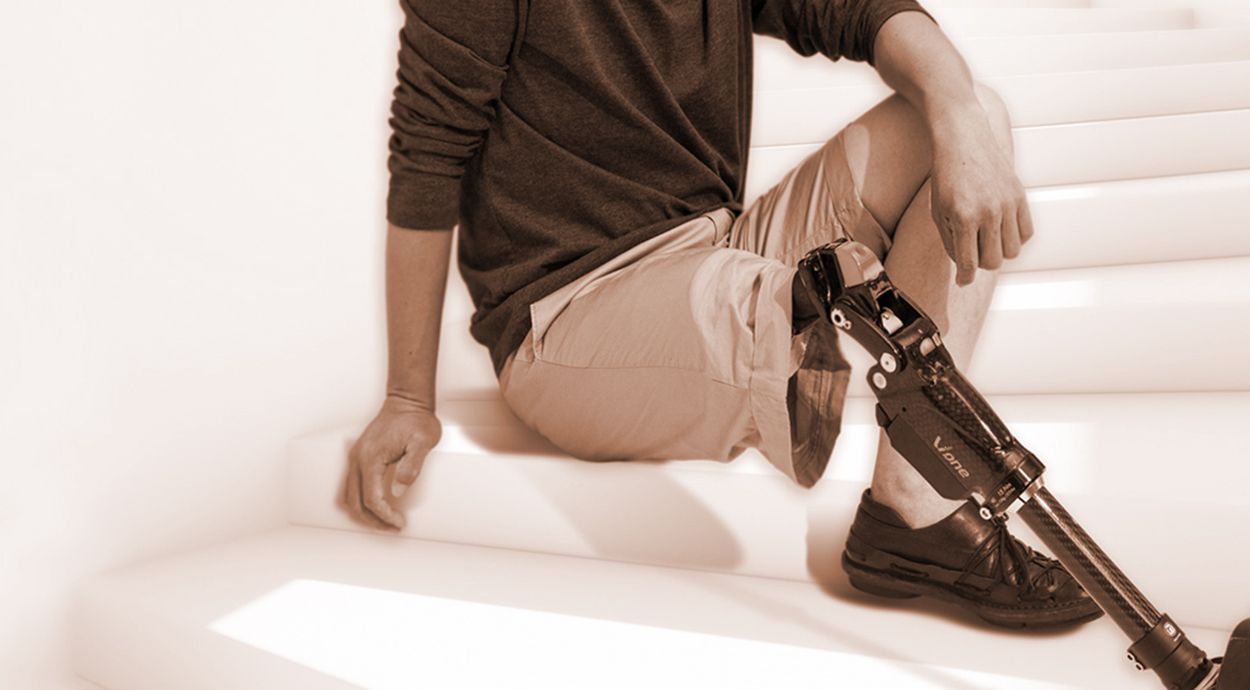
Prosthetic Customized Solutions

Consultation & Evaluation

Rehabilitation plan

Acquire 3D model instantly

Intelligent fabrication

Fitting and adjustment

Life training

Warranty support

Care and tracking
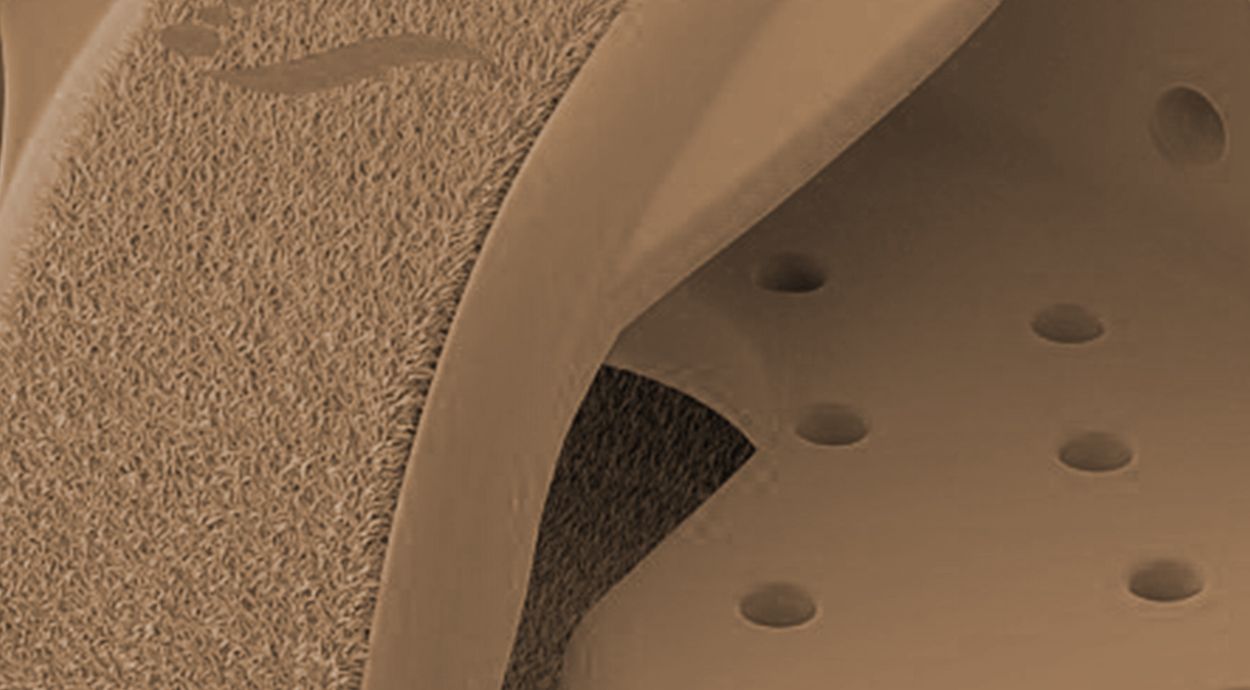
Metatarsus Adductus Solution
The UNFO brace
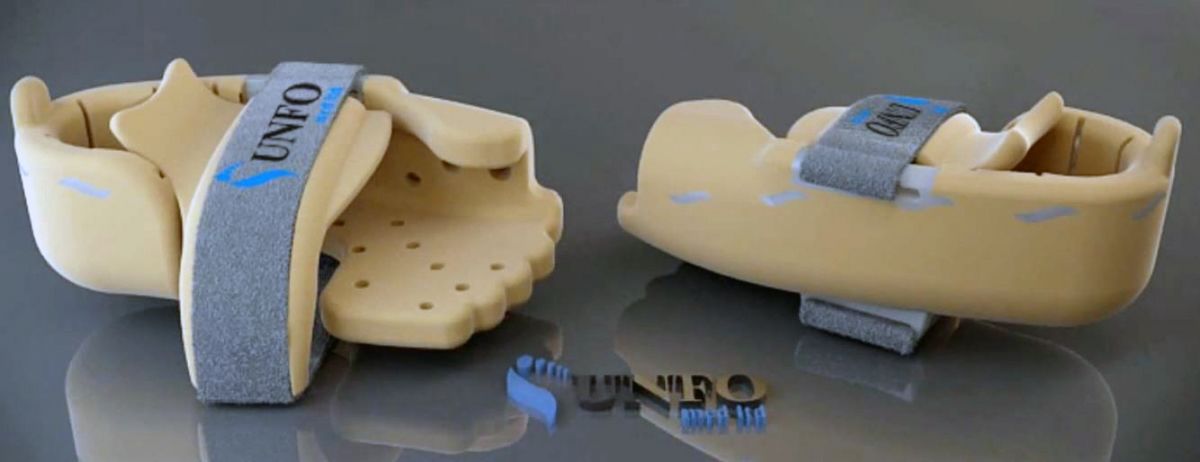
-
BENEFITS
Differently from serial casting, the UNFO brace was specifically design to treat patients with Metatarsus Adductus (MTA). UNFO is considerably better, safer and less stressful than serial casting for treating any level of MTA. In addition, UNFO places light to moderate patients in the hands of a doctor, rather than trusting the parents’ ability to perform stretching exercises on their child’s foot correctly several times a day for weeks and months on end, in an underlying “wait and see” approach. Since there is no need to “wait and see” if the stretching is an effective treatment for the child, UNFO prevents the risk of not treating children affected by MTA in time.
- Easy to wear and fit
- Comfortable
- Stress-free treatment for babies and their parents
-
COMPONENTS
The UNFO brace components include:
- A rigid plastic insert to support the foot. The insert is covered with a soft thermoplastic material to prevent pressure ulcers. The mid section is curved for extended midfoot space to allow for appropriate correction. The cushion is shaped on the first metatarsus and big toe, for a better foot adaptation to the brace.
- A round adjustable strap immobilizes the foot in the brace. Fasten above the brace mid section, the Velcro strap (with a wide and soft cushion to offer the maximum level of comfort) can be adjusted by the treating physicians while the treatment progresses. The straps has two main functions: – Stabilizing the heel in the heel area and the entire foot in the brace, to ensure that it remains firmly fixed in the brace. – Applying a corrective pressure on the midfoot for suitable foot realignment.
-
HOW TO USE IT
UNFO is the first ‘short foot’ brace to be worn below the ankle. It offers excellent comfort and adherence, whilst applying a multidirectional 6 point corrective strength to deformed feet The treating physician adapts UNFO to the patient’s foot, to be worn like a sock. During the first six weeks of treatment, the device must be worn 23 hours a day and it may be removed twice a day for no more than half an hour. The physician will mark the required tension to be applied on the strap. The UNFO brace may be removed by the child’s parent for half an hour in the morning and in the evening, to wash the child. During the first six week of treatment, the physician will examine the child’s foot every two weeks and adjust the strap based on how the treatment progresses. After approx. six weeks of treatment, the brace must be worn only at night, to prevent a regression of the results obtained. If the parents notice any pressure ulcers, the strap must be loosened and a physician’s appointment should be scheduled to re-adapt the treatment. The treatment duration varies, based on the patient’s conditions.
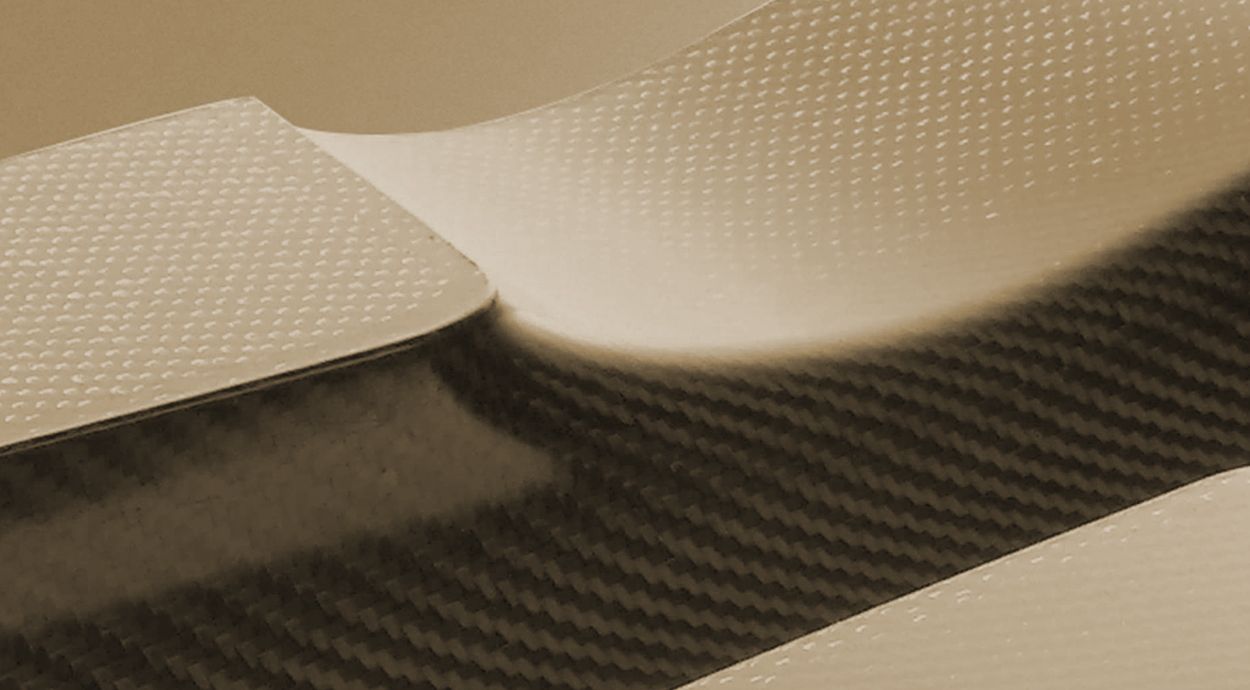
Advanced Composites
Data Sheets // Carbon Fiber
Standard Modulus
Intermediate Modulus
Data Sheets // PREPREG
Aerospace Prepreg
Sports, Industrial, and Automotive Prepreg
CcLothes eXinvest
